Part 1 looked at the difficult, costly, and lengthy journey from concept to a successful launch. Part 2 looks at the severe problems of the HST discovered after launch.
Out of Focus: only the most-obvious problem
When Hubble’s lens cover was first pulled back, and the imager saw its “first light,” no one expected picture-perfect images on the first snap, as there were many calibration and initialization steps required. Still, no one was ready for the fuzzy, almost useless images they saw after the first set-up.
One of the problems was non-optical in nature. The entire spacecraft vibrated due to the expansion and contraction of huge solar panels as Hubble passed from light to dark and vice versa during each orbit. It took about 30 minutes for the vibrations to damp themselves from each transition, thus wasting twice that time on each 97-minute orbit at an altitude of approximately 353 miles/569 kilometers.
Even after the vibrations subsided, the imaging focus was still terrible, so the Hubble team examined every possibility. Eventually, the unimaginable, unbelievable one was uncovered and confirmed: the 2.4-meter primary mirror had been measured and thus ground incorrectly ten years prior at the vendor, Perkin-Elmer (subsequently renamed Hughes-Danbury Optical Systems, after a change in ownership) (Figure 1a).
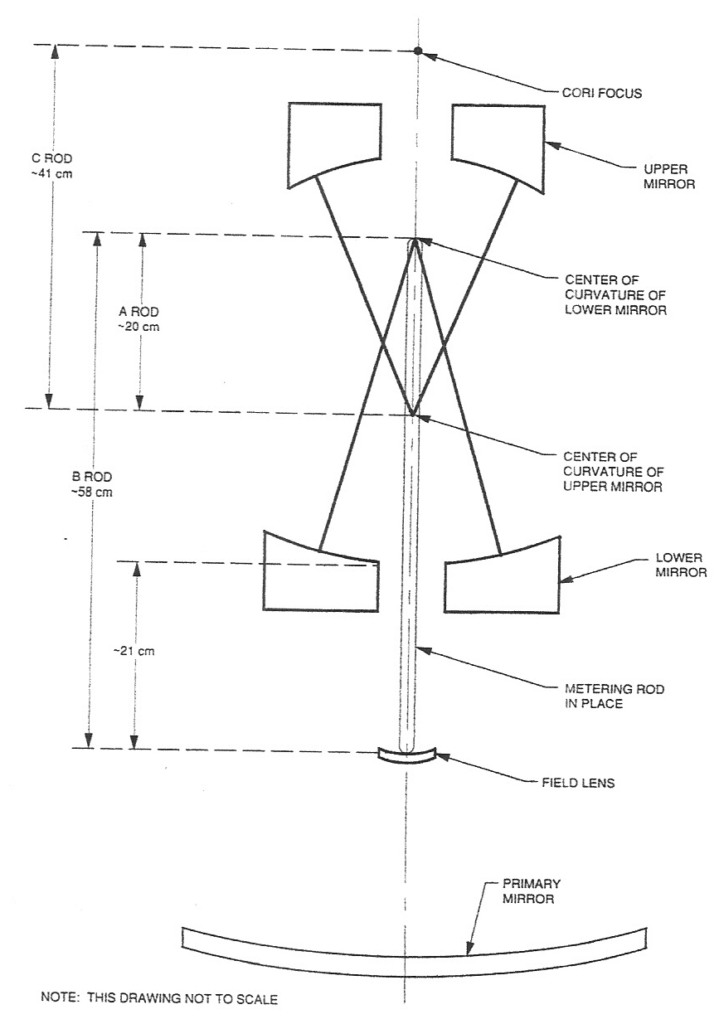
What happened defies belief: the super-precise metering rod – called a null corrector – the test team used in the highly sophisticated optical-test fixture was not set up properly. Therefore, the test laser saw a reflection from the wrong part on the rod. So the test technicians just inserted some small washers as shims to “correct” the problem, except they didn’t correct it – they merely accommodated it. The mirror was then final-ground with a precise but incorrect curvature (Figure 1b).

The result was a spherical aberration in the mirror/lens assembly. The embarrassment for this highly publicized project was immediate and dramatic, with screaming headlines along the lines of “NASA screw-up: pricey Hubble needs eyeglasses.” Comedians had a great time with the story, as well. The Hubble team dug deeper to find the root cause of the error, and eventually went back to the mirror-grinding facility to investigate. Even though it had been closed for many years, they found the test room, the measurement rod, and even the washers that were used for the “fix” – proof and thus case closed.
The “ corrective eyeglasses”
Having identified the core source of the problem, the next technical challenge was devising as a solution. In principle, they had a known problem and several promising solutions for corrective lenses. In practice, none of these approaches would work. The reason is that the corrective lens assembly would fix the main imager, of course, but it would also have to work for the specialized scientific instruments as well.
Adding to the challenge, any proposed solution would have to be installed by astronauts on a subsequent Space Shuttle flight. They would catch up with and pull Hubble into the Shuttle’s cargo bay and do the work, then push Hubble back out into its orbit. There was initial thought of having the Shuttle bring Hubble back to Earth for repair, then re-launch it, but there were concerns Hubble could not withstand a landing. Also, from a public-relations perspective, doing the repair this way would look very mundane to the public, compared to a dramatic, in-space repair by astronauts.
The solution which was eventually developed was to use a long rod that held multiple lenses on swing arms. After the instrument bay was cleared of its contents by the instruments, the rod would be installed in that bay for use as the base. Then, each of the lenses of the Corrective Optics Space Telescope Axial Replacement (COSTAR) unit, built by Ball Aerospace in Boulder, CO – each mounted on its own arm – would be swung into place. This fix did not come quick or easy. Working out the design, validating it, and developing its installation procedures took over a year, and it then took astronauts over a year of practice and rehearsal before they were comfortable with proceeding. They only had one shot at doing the fix.
This COSTAR unit was far more than a basic lens assembly. NASA’s history states, “COSTAR was an exceptionally complex and delicate system of 5,300 parts including mirrors, mechanical components, and electronics all controllable from the ground. Some of the coin-sized mirrors were an optician’s nightmare to figure, their shapes being anamorphic fourth-order aspheres on toroidal blanks.” If you know anything about lens design and fabrication, you know this is a formidable challenge.
While the mainstream press ridiculed the mistake (and it was inexcusable and funny if it wasn’t so sad), they also made it sound as if the fix was as easy as putting on eyeglasses or contact lenses. It was not: the repair almost failed due to mechanical issues such as stuck and distorted Hubble panels and took far longer than planned (Figure 2). Only the ability of the humans (aka astronauts) to improvise with what they available made it successful.

Three years after the bitter disappointment of those first-light images, and over 25 years after the first budget, Hubble was fixed and working well beyond initial specifications, giving us the images we now look at in awe. Of course, beyond “just” amazing images, it has initiated scientific discoveries based on those images and the data collected. The rest of the story is well known.
Part 3 of this story looks at lessons learned from the HST project and which apply to future space-telescope projects.
EE World Online Related Content
Gyroscopes, Part 1: Context and mechanical designs
Gyroscopes, Part 2: Optical and MEMS implementations
Gravity-assist “Slingshot,” Part 1: Background and principle
Gravity-assist “Slingshot,” Part 2: Application
GPS, Part 1: Basic principles
GPS, Part 2: Implementation
Related Content and References:
Hubble Space Telescope:
- Robert Zimmerman, “The universe in a mirror: the saga of the Hubble Telescope and the visionaries who built it”
- NASA: ST-161, Endeavor and First Hubble Space Telescope Servicing Mission
- NASA: The Hubble Space Telescope Servicing Mission
- NASA: A Brief History of the Hubble Space Telescope
- Astronomy Magazine, NASA extends Hubble Space Telescope science operations contract, June 24, 2016
- CNET News, Overachieving Hubble mission gets five more years, June 26, 2016
- Physics Today, Saving Hubble: A conversation with the director, June 12, 2012
Corona Spy Satellite Program
Dwayne A. Day, John. Logsdon, & Brian Latell, “Eye in the Sky: The Story of the Corona Spy Satellites”
James Webb Space Telescope:
- www.jwst.nasa.gov
- Photonics, JWST’s Giant Golden Mirror is Unveiled, April 28, 2016
Lagrange Points:
Books on Major NASA Projects:
- (about Mars Rovers Spirit and Opportunity, 2004) Steven W. Squyres, “Roving Mars: spirit, opportunity, and the exploration of the red planet”
- (about Voyager 1 and 2, 1977) Stephen J. Pyne, “Voyager: seeking newer worlds in the third great age of discovery”
- (about the Mars Rover, 2012) Adam Steltzner, with co-writer William Patrick, “The Right Kind of Crazy”
- (about the Apollo Moon Mission) Charles Murray and Catherine Bly Cox, “Apollo: The Race to the Moon”

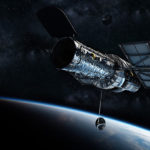
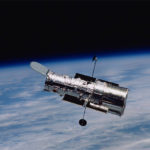
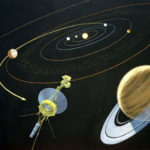
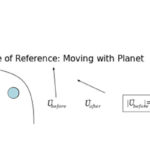
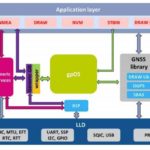

Leave a Reply
You must be logged in to post a comment.